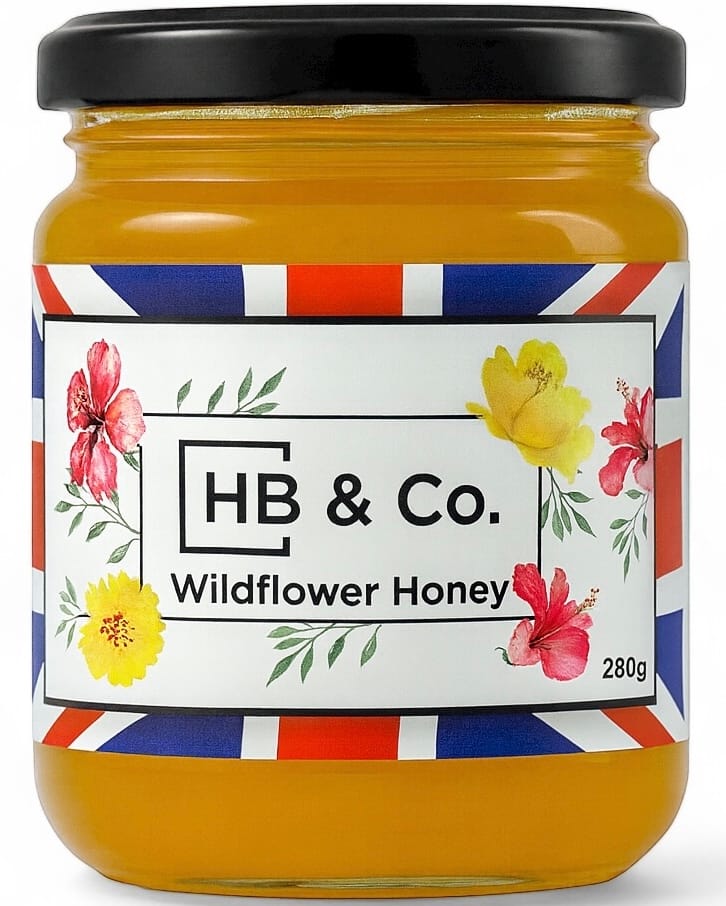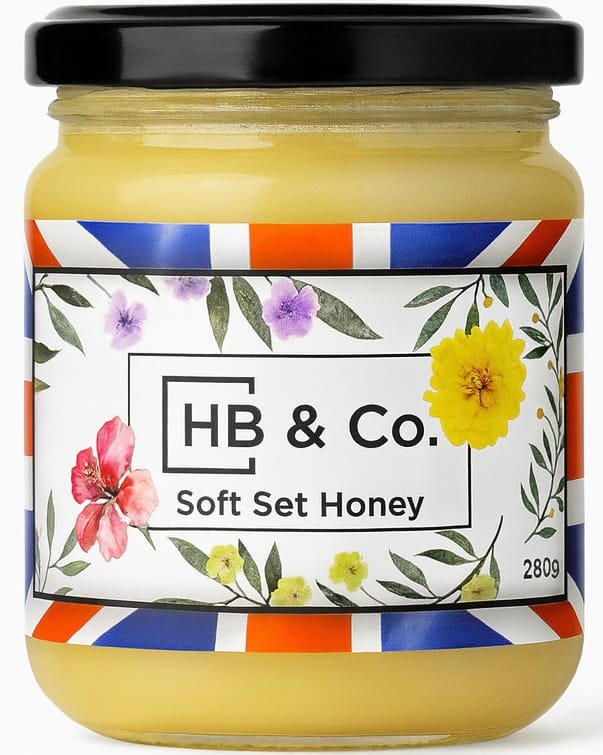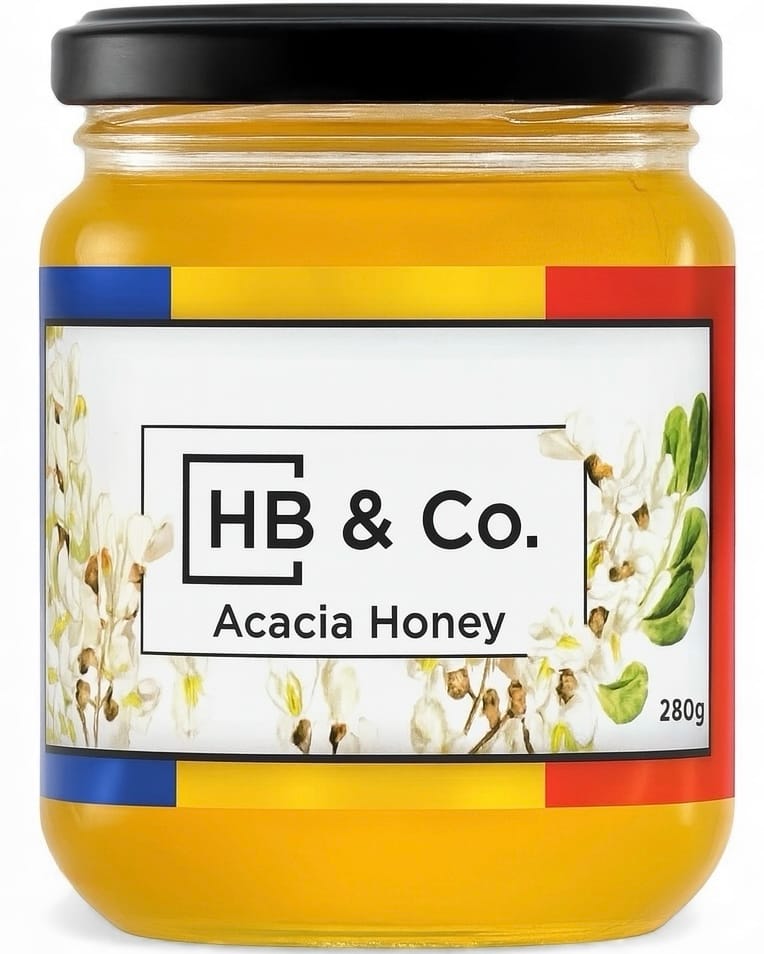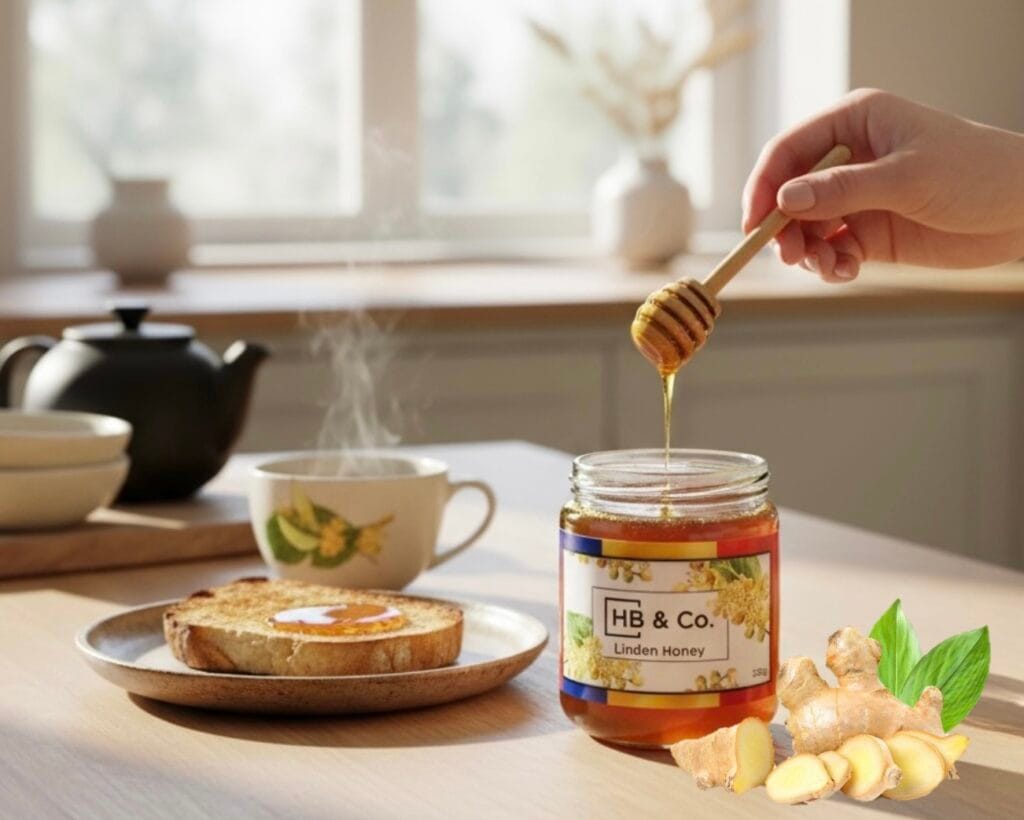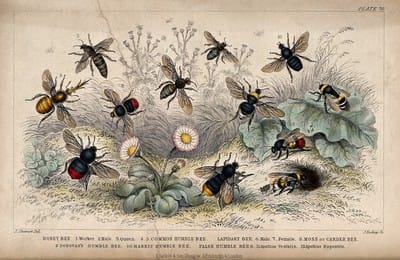Raw Honey - Just How Bees Made It
Discover 100% raw, natural honey sustainably harvested by generations of Beekeepers.
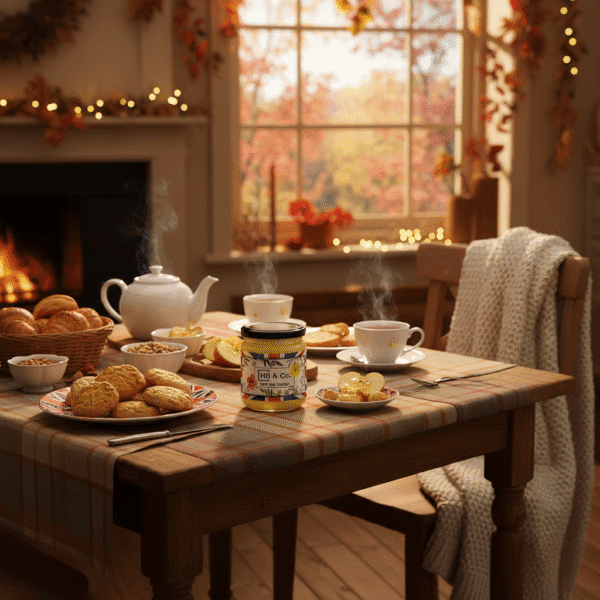
Welcome to HoneyBee & Co.
Our honey is gathered from the most beautiful and untouched places, such as the vibrant landscapes of the United Kingdom, including the Midlands, the Yorkshire Moorlands and also, from the Transylvanian Acacia forests.
We are proud to introduce our new additions - Soft Set Honey and Wildflower Honey from the Midlands, and Heather Honey from the Yorkshire Moorlands. These are not just any honey, but unique, premium varieties harvested straight from the heart of Britain. They are local honey, gathered by small beekeepers with whom we work closely, helping them commercialize their honey and supporting the growth of the UK and bee population. From our family hives in Romania we now have also Limited Editions of Sunflower Honey perfect for toast & Linden Honey perfect for tea!
At Honeybee & Co., we believe in preserving the natural goodness of honey. As a small, family-owned company, we are passionate about sustainable and eco-friendly practices. We are proud to be a sustainable company, and our commitment to the environment extends to every aspect of our operations, from the way we harvest our honey to the way we package it.
So come, and explore our world!
Why Choose our Raw Honey?
🍯 Raw & Natural, Just how bees made it!
🐝 Sustainably Harvest
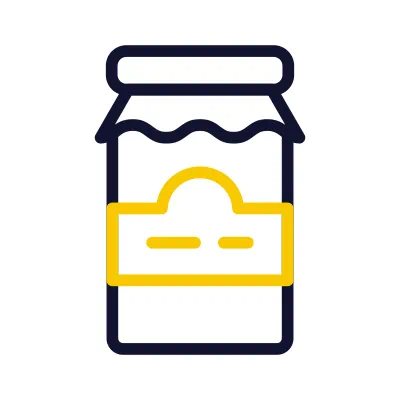
✨ From hive to home, our honey is crafted with care, integrity, and respect. So when you choose HoneyBee & Co., you’re choosing more than honey. You’re choosing purity, sustainability, and craftsmanship in every spoonful.

We practise gentle, ethical beekeeping that puts the wellbeing of our bees first. Each batch is harvested in small quantities to protect the colonies and the surrounding ecosystem
♻️ Planet Friendly
🌿 Family Beekeeping Heritage & Trusted Partnerships
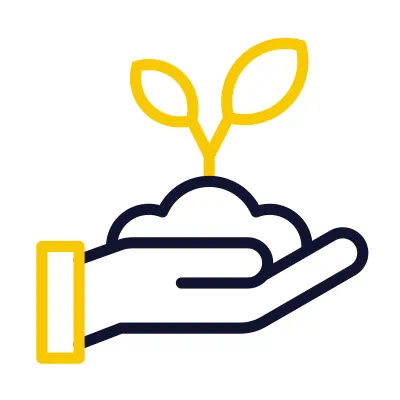
We package responsibly using recyclable glass jars and eco materials, because what’s good for the planet is good for the bees and we are very close to achieving 100% Plastic Free Status.

With six generations of beekeeping knowledge, our craft is rooted in tradition, respect, and passion for the hive. Alongside producing our own honey, we also work closely with trusted independent beekeepers who share our values. By supporting and helping them commercialise their harvests, we ensure that every jar of HoneyBee & Co. honey represents fair collaboration, ethical sourcing, and a thriving beekeeping community.
Raw Honey Subscription Box
SAVE 20% and have your favourite honeys delivered to you all year round!
SALSA Certification for our British Honey Supplier
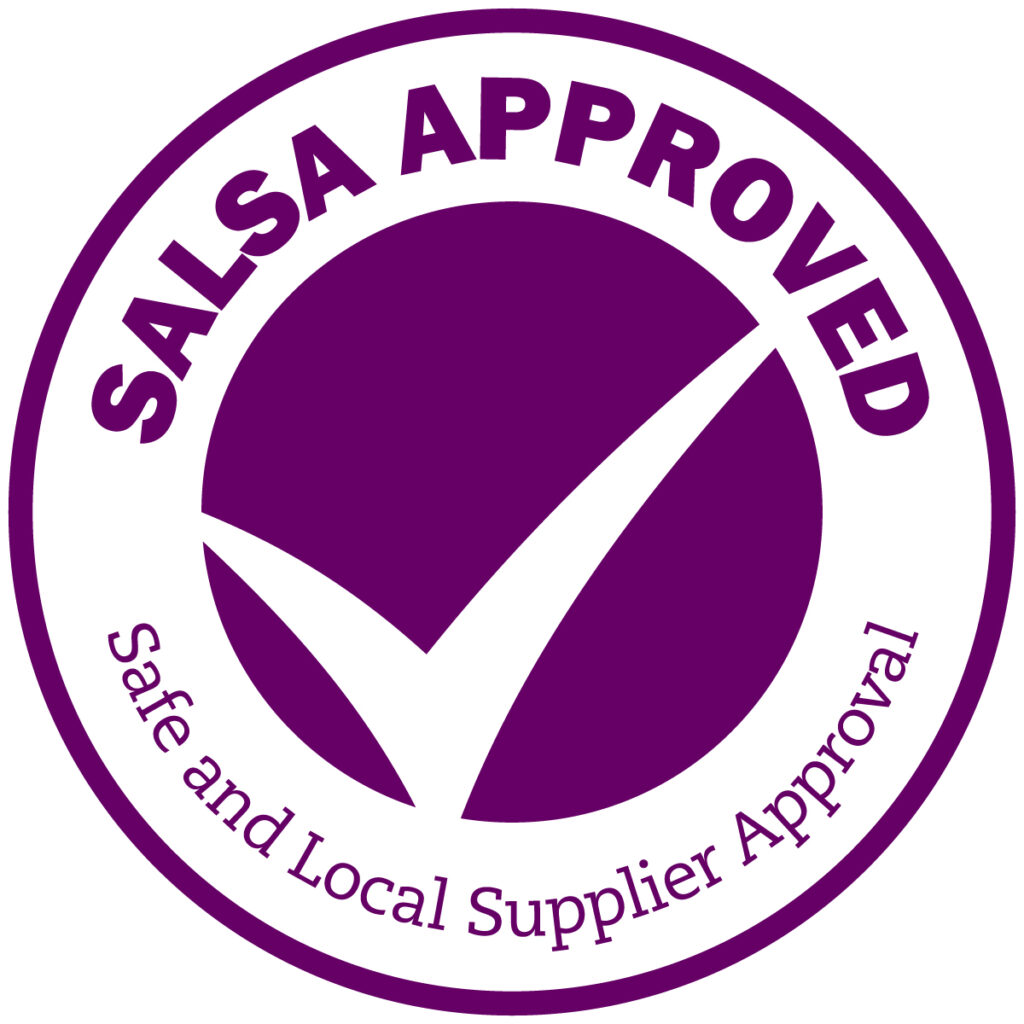
Our British honey supplier holds the prestigious Salsa Certification, a robust and effective food safety certification scheme tailored for smaller food producers and suppliers.
This certification attests that they adhere to industry-recognized standards that surpass the minimum requirements set by regulatory authorities.
To achieve SALSA approval, suppliers must demonstrate to auditors that they consistently produce and supply safe and legal food, and are committed to upholding the stringent SALSA standard. Founded as a non-profit venture by three major trade associations in the UK Food Chain, SALSA is overseen by the Institute of Food Science and Technology (IFST).
Their purpose is to offer affordable food safety assurance certification and support for small and micro businesses in the United Kingdom. Embodying values like prioritizing safe food practices, affordability, building supportive relationships, offering practical guidance, and promoting teamwork and collaboration, SALSA is instrumental in maintaining high-quality food safety standards in the industry.

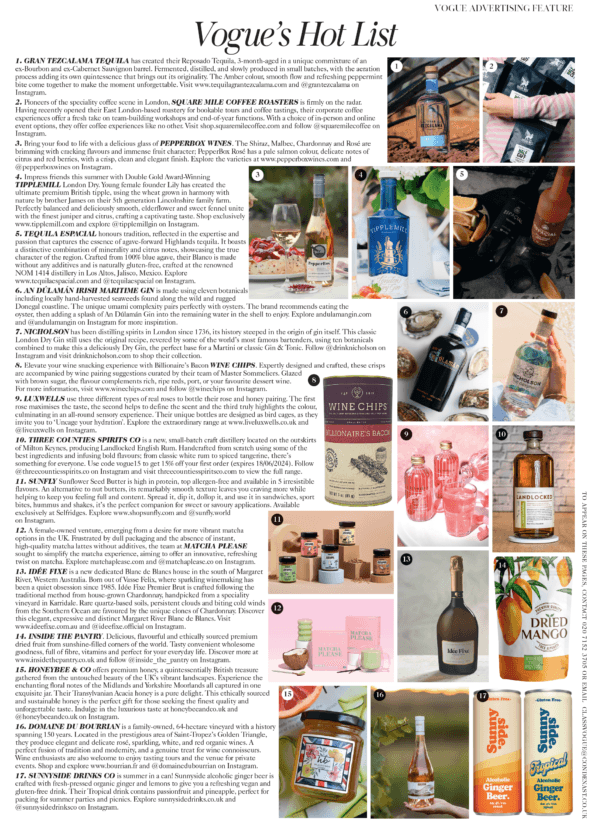
We are happy to be part of the Vogue Summer Hot List 2024 with our all-Natural Premium British Honey. Our dedication to crafting exquisite, sustainable products has taken us to new heights, and we couldn't be prouder! Find us in Vogue's June Edition and experience the flavours of nature's finest nectar on our website!
The Hive
Discover the Best Runny Honey for Your Pantry
Runny honey is a versatile and popular type of honey known for its smooth, liquid consistency. If…
The Science Behind the Solid State of Raw Honey
Have you ever wondered what is the origin of the solid state of raw honey? Now, consider…
The Bees of 1855: A Victorian Window Into Nature’s Keepers
Victorian Bee Illustration. In 1855, long before high-resolution cameras or modern documentaries, naturalists relied on art to…
Follow us on Social Media!
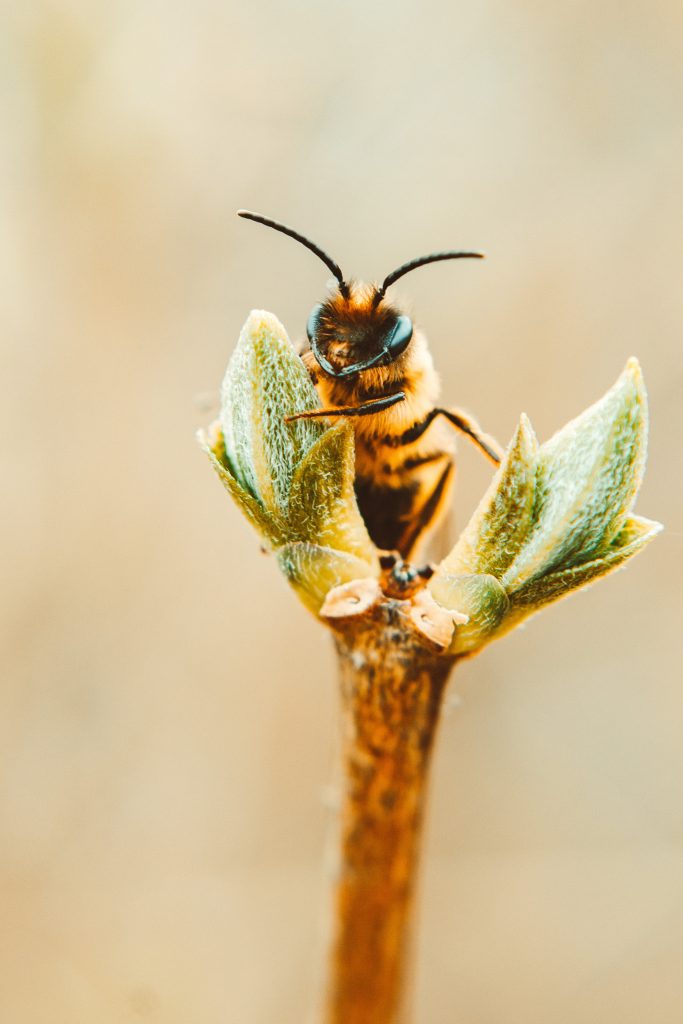
Our beekeeping story
At HoneyBee & Co., our story began with a deep respect for nature and a fascination with the gentle rhythm of the hive. For over six generations, our family has practiced traditional beekeeping learning to work with the bees, not against them. Every season teaches us patience, balance, and the importance of protecting the creatures that make life bloom. This dedication has shaped who we are: a small but passionate team driven by the belief that true honey should remain as pure and natural as the day it leaves the hive. Our family produces the Raw Acacia, Sunflower & Linden Honey varieties.
Today, we continue this legacy while partnering with trusted independent beekeepers across the UK and Europe who share our values. We help them bring their honey to market, supporting sustainable livelihoods and preserving artisanal methods. Each jar we produce or source represents a shared promise raw, unpasteurised, and crafted with integrity. From hive to home, HoneyBee & Co. stands for authenticity, sustainability, and the timeless craft of real beekeeping. From the United Kingdom we supply the Heather, Wildflower and Soft Set Varieties of Raw Honey.
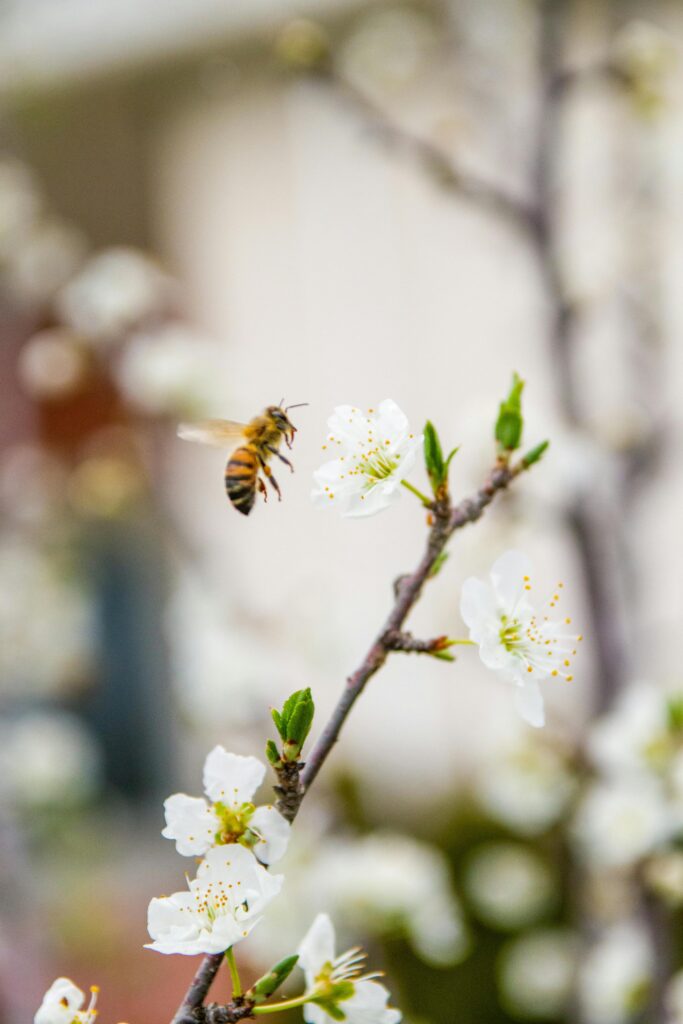
The Extraordinary World of Raw Honey and Honeybees
Raw honey, a natural sweetener produced by honey bees, has been cherished for centuries due to its distinct flavour and potential health benefits . Honey bees, remarkable social insects, create honey by collecting nectar from flowers and transforming it into this golden elixir. This article explores the intricate world of raw honey and honey bees, delving into their nutritional profile, production process, and ecological significance.
Raw Honey
Raw honey contains natural sugars, vitamins, minerals, and antioxidants (Ajibola et al., 2012). This nutrient-rich substance exhibits antibacterial, anti-inflammatory, and wound-healing properties (Mandal & Mandal, 2011). Additionally, honey aids in alleviating coughs and promoting better sleep (Paul et al., 2007). Its culinary applications range from sweetening foods to enhancing marinades and sauces. In skincare, honey is used in face masks and as a natural remedy for minor burns.
Honey Bees
Honey bees live in complex colonies consisting of three castes: queens, drones, and workers . Nectar collection, honey production, and comb construction are collaborative efforts. Honey bees play a vital role in pollination, supporting biodiversity and agricultural productivity .
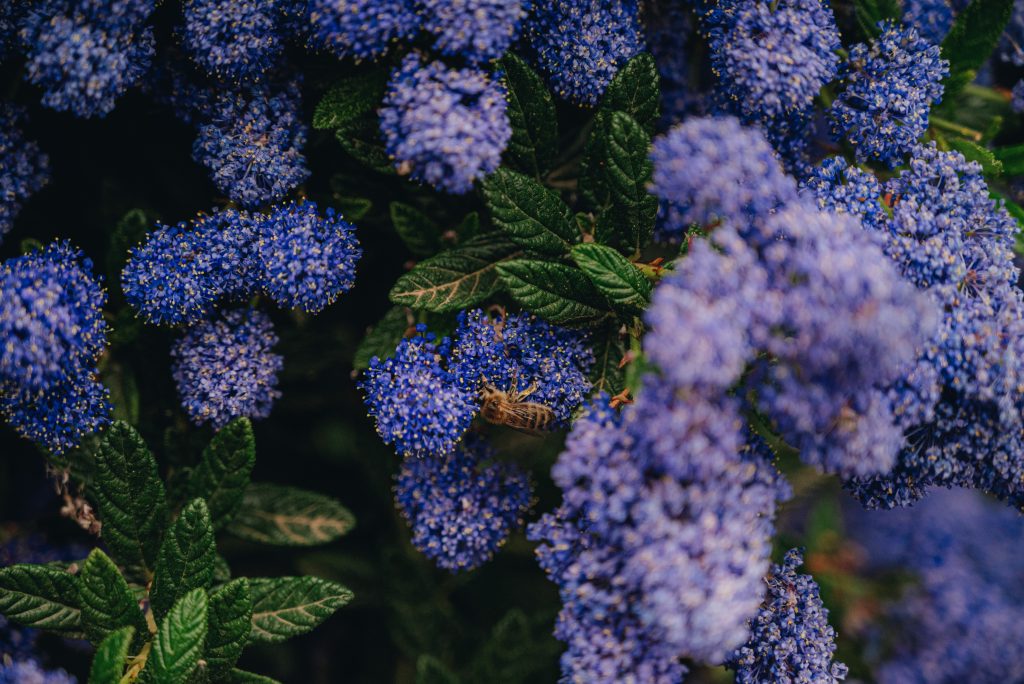
Sustainable Beekeeping and Raw Honey Production
Bee-friendly flora and organic farming methods support honey bee health . Sustainable beekeeping practices include proper hive management, responsible honey harvesting, and public education on bee conservation. Purchasing raw honey responsibly involves understanding honey grading, supporting local beekeepers, and considering ethical concerns.
Raw honey and honey bees exemplify the beauty and intricacy of the natural world. By making sustainable choices and supporting bee conservation, we can preserve this sweet partnership for future generations.
Natural honey is minimally processed, and free from additives, preservatives, and artificial flavours. It is extracted directly from the hive or honeycomb and retains its nutritional properties. Sourcing organic honey from small-scale beekeepers often ensures the natural quality of the product, making it a healthier alternative to processed sugars.
Raw honey undergoes minimal processing, preserving its vitamins, enzymes, and antioxidants. It is extracted directly from the honeycomb and gently strained to remove debris. Raw honey may crystallize over time, but it can be gently warmed to regain its liquid state. Regular honey is filtered and heated to slow down crystallization, making it smoother and clearer.

Your Questions Answered
Carbohydrates, notably fructose and glucose, make up the majority of the sugar in honey, with lower amounts of other sugars, including sucrose and maltose. In addition, it has trace levels of minerals, vitamins, enzymes, and antioxidants. Furthermore, honey possesses a distinctive flavour and aroma due to its volatile organic compounds.
Although both nectar and honey are delicious compounds produced by plants and consumed by humans, their composition, sources, and applications differ greatly. The primary distinctions between nectar and honey are as follows:
Source: A sugar-rich liquid that plants, especially flowers, produce is called nectar. For pollinators like bees, butterflies, and hummingbirds, it provides energy. Bees, on the other hand, use the nectar they gather to make honey. Bees store the nectar in honeycombs after processing it in their stomachs, where enzymes, convert complicated carbohydrates into simpler ones.
The main ingredients of nectar are simple sugars such as sucrose, fructose, and glucose, as well as a little amount of vitamins, minerals, and amino acids. On the other hand, honey is a concentrated version of nectar that has been enhanced by the bees' addition of different enzymes and a higher percentage of simple sugars. Additionally, it contains minute amounts of wax, pollen, and other bee secretions.
Use: Bees use honey as a long-term food storage for their hive, while pollinators primarily use nectar as a food source.
Our Acacia Honey contains an Optimal water percentage between 15% and 19%. Cheap supermarket honey can have up to 50% water. This is due to either beekeeper feeding bees water with artificial sugar or they collect the honey to quickly to increase profit margins.
Honey is frequently seen as the healthier option when deciding between sugar and honey for a number of reasons, including:
Nutrient Content: Honey is a more nutrient-dense sweetener than sugar because, although both contain calories and carbohydrates, honey also has trace levels of vitamins, minerals, enzymes, and antioxidants.
Glycemic Index: When compared to sugar, honey has a lower GI. This implies a slower and longer-lasting release of energy from it as it is absorbed into the bloodstream. This may lessen the likelihood of blood sugar crashes and spikes, which are frequently brought on by sugar consumption.
Natural antibacterial qualities found in honey can aid in halting the growth of bacteria and other germs. Because of this, honey is a better option for healing wounds and may also provide some health advantages when ingested.
Taste and Variety: Depending on the flowers the bees visit, honey is available in a wide range of variations, each with a distinct flavour and colour. This variety can give meals a subdued depth of flavour and inspire greater culinary ingenuity.
Raw Honey is a product with many calories; approximately 320 kcal for 100g. Moderation is the key if one has a particular diet. The positive fact about honey is its sweetness. One teaspoon of honey weighs about 7gand its more than enough to sweeten your favourite cup of tea.
Raw Honey is safe and it provides many health benefits, nevertheless, it should not be cooked raw over 40 degrees. When cooked, honey becomes similar to glue and thus produces toxins. Honey's raw form is the one detaining all its main benefits and properties. By altering its chemical composition by heating or overheating the honey It may completely change its compounds leading to health hazards. Honey also contains bacteria that can harm a young baby’s intestine. To this end avoid giving honey to babies under 12 months old.
Acacia Honey Stimulates digestion cleans the liver, regulates intestinal transit. Improves heart activity and circulatory system. Helps to restore the body after effort. Stimulates the immune system. The number of red blood cells increases.
A honeycomb is a structure composed of beeswax, built by bees to store honey and serve as a nursery for developing bees.
A honeycomb is composed of a series of hexagonal cells, which bees form through wax production and using their bodies to mould the wax into shape. The cells are initially used to hold honey and then serve as brood cells to house developing bees in their various stages. Once the brood is ready to emerge, bees cap the cells with wax, allowing the honey to mature. Honeycombs are an intricate and fascinating component of a beehive, demonstrating bees' remarkable ability to build and organize their living and storage spaces.
The Hive
Interesting news, commentary, lifestyle, and all things Bees - have you got the buzz?

